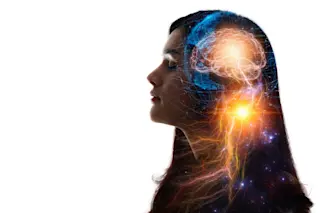Imagine yourself as a graphic designer for New Age musician Enya, tasked with creating her next album cover. Which two or three colors from the grid below do you think would “go best” with her music?
Would they be the same ones you’d pick for an album cover or music video for the heavy metal band Metallica? Probably not.
For years, my collaborators and I have been studying music-to-color associations. From our results, it’s clear that emotion plays a crucial role in how we interpret and respond to any number of external stimuli, including colors and songs.
In one study, we asked 30 people to listen to four music clips, and simply choose the colors that “went best” with the music they were hearing from a 37-color array.
The image below shows the participants’ first-choice colors to the four musical selections.
Selection A, from Bach’s Brandenburg Concerto Number 2, caused ...














